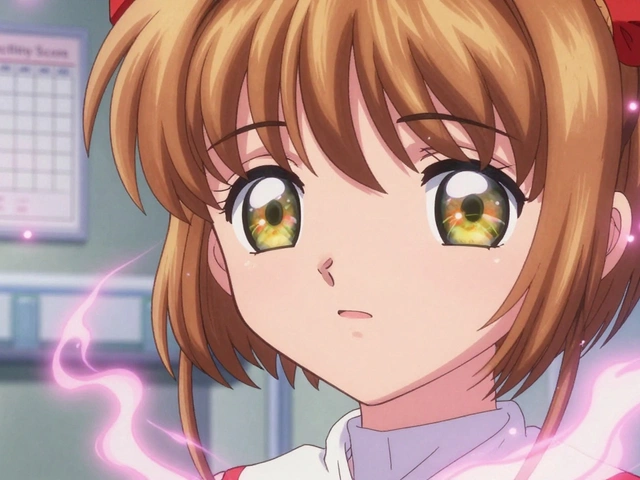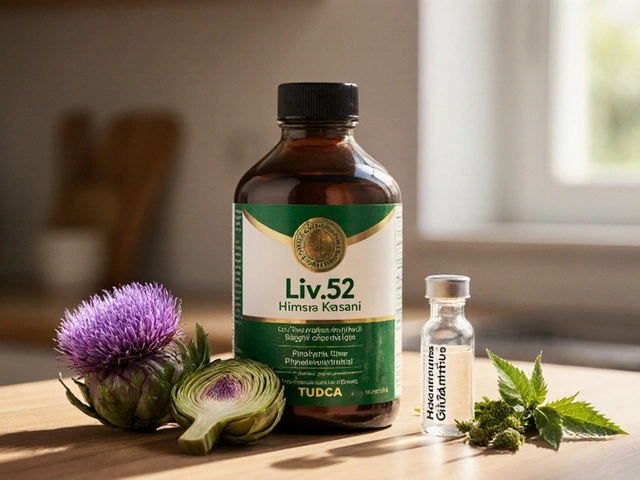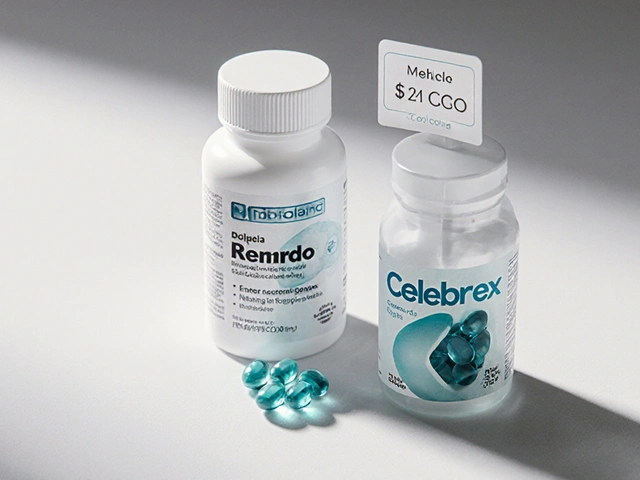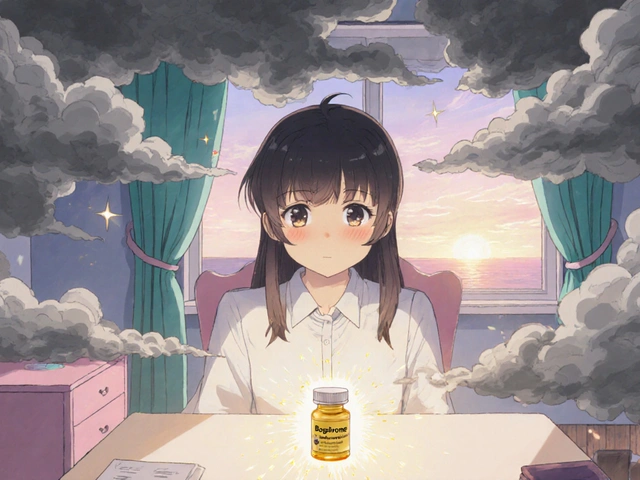MAOI Patch: What It Is and How It Works
If you’ve heard about an MAOI patch, you’re probably wondering how a sticky square can help with mood or other conditions. MAOI stands for monoamine oxidase inhibitor, a drug class that blocks an enzyme that breaks down neurotransmitters like serotonin, dopamine, and norepinephrine. By slowing that breakdown, the patch can raise the levels of these chemicals in the brain and improve symptoms of depression or certain neurological disorders.
The patch delivers the medication through the skin, bypassing the stomach and liver. This steady release means you avoid the peaks and valleys you might get from a pill, and it can be easier on the stomach. Most patches are worn on a clean, dry area of the upper arm or torso and stay on for 24 hours before you replace them.
When to Consider an MAOI Patch
Doctors usually think about an MAOI patch when oral MAOIs cause too many side effects or when a patient has trouble swallowing pills. It’s also an option for people who need a consistent dose over a whole day, like those with treatment‑resistant depression. If you’ve tried SSRIs, SNRIs, or other antidepressants without success, your clinician might suggest a patch to see if a smoother drug level helps.
Typical situations include:
- Major depressive disorder that hasn’t improved with other meds.
- Parkinson’s disease symptoms that respond to MAO‑B inhibition.
- Situations where a once‑daily dose is more convenient than multiple pills.
Before starting, your doctor will check for foods and other drugs that can cause dangerous reactions with MAOIs. The classic “tyramine” foods—aged cheese, cured meats, some wines—can trigger a hypertensive crisis if you’re on a powerful MAOI. The patch often uses a lower dose, which reduces risk, but the warning still applies.
Safety Tips & Side Effects
Applying the patch is simple, but a few habits keep you safe:
- Wash your hands before and after you touch the patch.
- Place it on clean, hair‑free skin. Avoid oily or broken skin.
- Rotate sites each day to prevent irritation.
- Keep the patch away from heat sources; high temperatures can increase drug absorption.
Common side effects are mild and include skin redness, itching, or a slight headache. More serious issues—like a sudden rise in blood pressure—usually stem from dietary slip‑ups or mixing MAOIs with certain meds (e.g., decongestants, certain antidepressants). If you notice a pounding headache, chest tightness, or visual changes, seek medical help right away.
Don’t stop the patch abruptly. Your doctor will likely taper you down to avoid withdrawal symptoms. And always bring your full medication list to each appointment; even over‑the‑counter drugs can interact with MAOIs.
In short, a MAOI patch can be a handy tool when oral options fall short, but it demands attention to diet, other meds, and proper application. Talk with your healthcare provider to see if it fits your treatment plan, and follow the safety steps to get the most benefit with the fewest hassles.
23 June 2025
Tessa Marley
Explore how Emsam works as a depression treatment, its unique patch delivery, practical usage tips, safety facts, and real-life advice for managing mental health.
Continue Reading...






